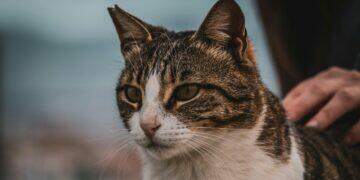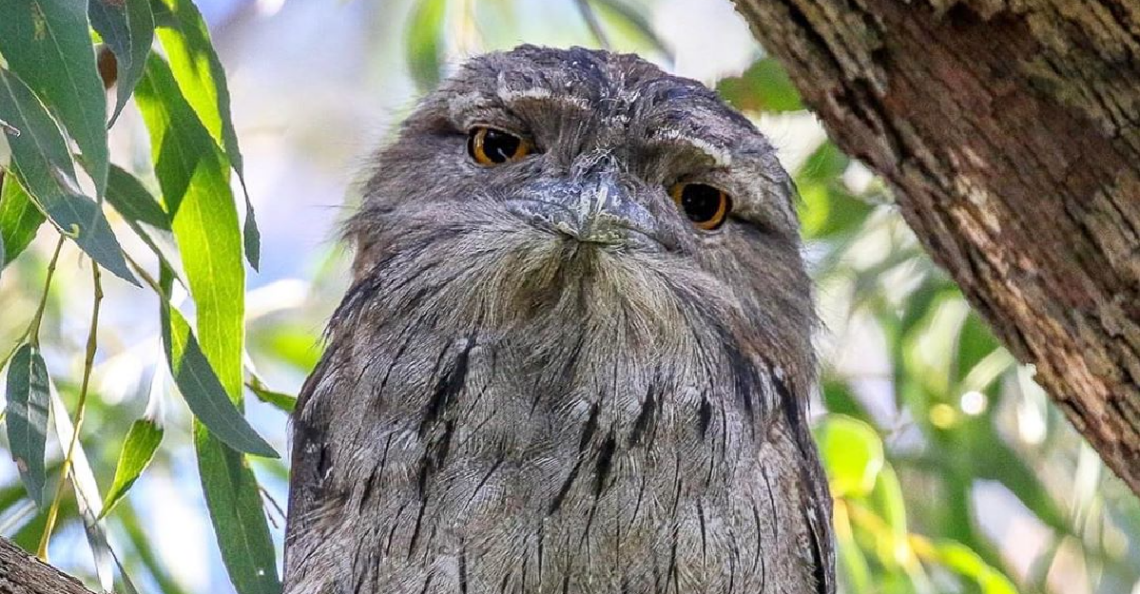Sometimes I feel bad for focusing so much on brightly-colored birds in my avian spotlight articles. Just because a given species may look more plain doesn’t mean they aren’t wonderful and interesting in their own right.
It’s often simply that their natural camouflage makes it harder for them to stand out in photos and they get overlooked in a feed of brighter brethren.
The tawny frogmouth is one of those species that’s so good at blending in.

Their feathery bodies look so much like tree bark that it’s often hard to tell where the branch ends and they begin.
The Australian species is often mistaken for a kind of owl, due to its large head and wide eyes, but frogmouths are a species all their own.
They are fascinating birds and I wanted to find a way to feature them — and then I saw one of their babies.

I mean… that isn’t a bird and a chick. That’s a Furby with an angry cotton ball baby.
Besides their amazing camouflage, the frogmouth’s most impressive feature is their wide beaks, which they use to trap insects and even small creatures like, fittingly, frogs.
Once the babies are a bit older, they start to get their camo, which makes them less cottony and more woolly.
A cool thing about tawny frogmouths is that they mate for life and have even been recorded “crying” if they lose their partner.
The “whimpering call” has also been heard when a baby is orphaned or by parents when their fledglings leave the nest for the last time.
Their main predator is the carpet python, which finds it via smell instead of sight.

To combat this, tawny frogmouths employ a skunk-like strategy of spraying their attackers in the face with a much stronger, lingering smell to clog up their senses.
Unlike skunks, though, the frogmouths don’t have special smell chemicals, so they just spray the snakes in the face with their own poop.
That would certainly deter me!
h/t: Australian Geographic , Toronto Zoo















































